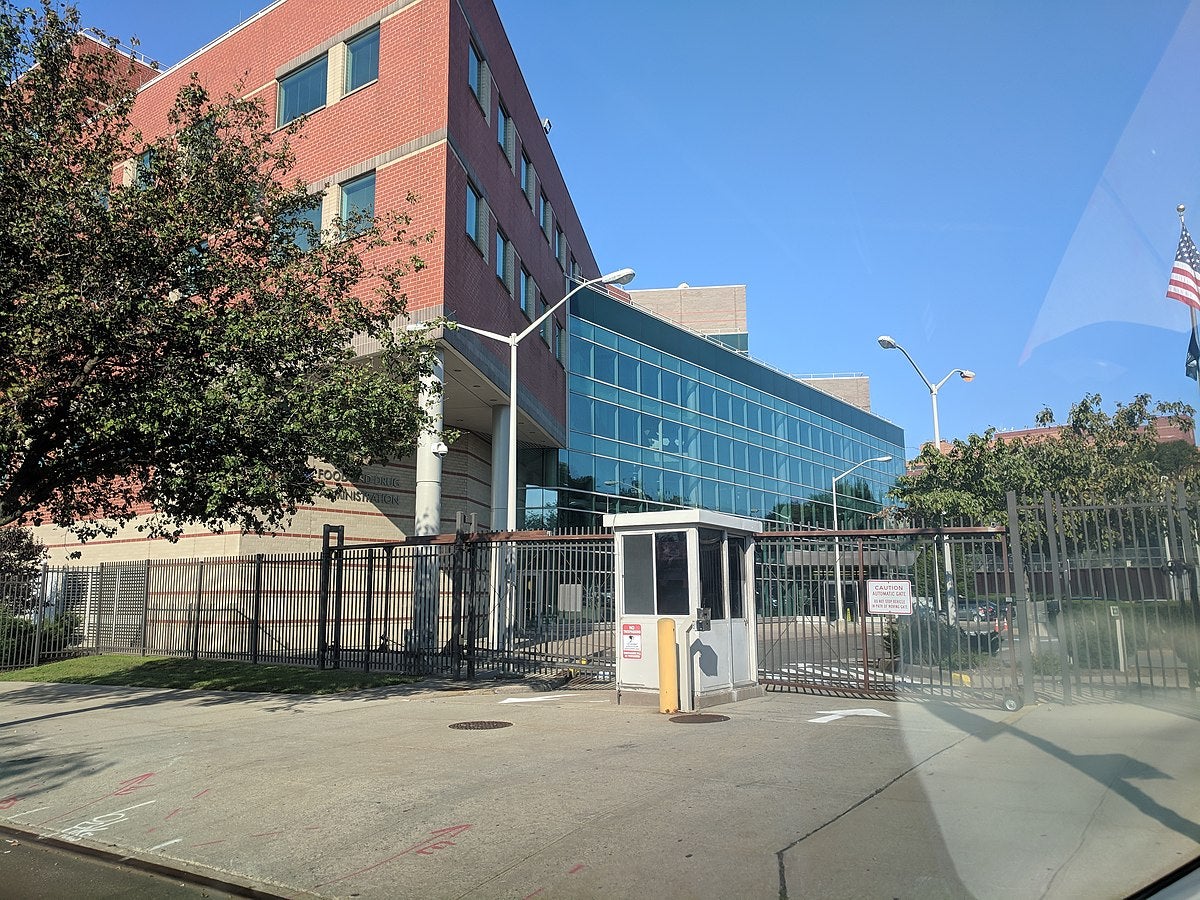
SoniVie has received the US Food and Drug Administration (FDA) Breakthrough Device Designation for performing renal artery denervation using its TIVUS system to treat resistant hypertension.
Resistant hypertension is defined as blood pressure that remains above 140/90 mmHg despite use of three antihypertensive medications of different classes at the best tolerated doses.
People suffering from resistant hypertension also experience substantial increases in the risk of heart attack, stroke and kidney failure.
The Israeli medical device firm has acquired the intellectual property and other assets related to the use of the Therapeutic Intra-Vascular Ultrasound (TIVUS system) from Cardiosonic, which received CE Mark for the previous version of the system.
The system has received FDA Breakthrough Device Designation in September 2019, for the treatment of pulmonary arterial hypertension (PAH).
TIVUS System offers minimally invasive option to ablate renal artery nerves
According to SoniVie, renal denervation using the TIVUS system is a minimally invasive procedure that leverages high-frequency non-focused ultrasound to ablate nerves in the renal artery.
The procedure is designed for patients who suffer from resistant hypertension to reduce the nerve activity, which decreases blood pressure.
Cardiosonic has previously conducted two clinical trials of RDN in patients with resistant hypertension using an earlier version of the TIVUS system, which showed superior results in lowering blood pressure.
Based on the promising RDN clinical trials conducted by Cardiosonic, SoniVie intends to commence new clinical trials of the latest TIVUS system version in patients with resistant hypertension, from late 2021.
SoniVie chair and Almeda Ventures founding partner and CEO Irit Yaniv said: “With our very encouraging clinical data in PAH, and the excellent published data from the TIVUS II study in renal artery denervation conducted by Cardiosonic, we may be able to offer a platform solution that can change the lives of millions of people worldwide, while reducing costs to healthcare systems.”





